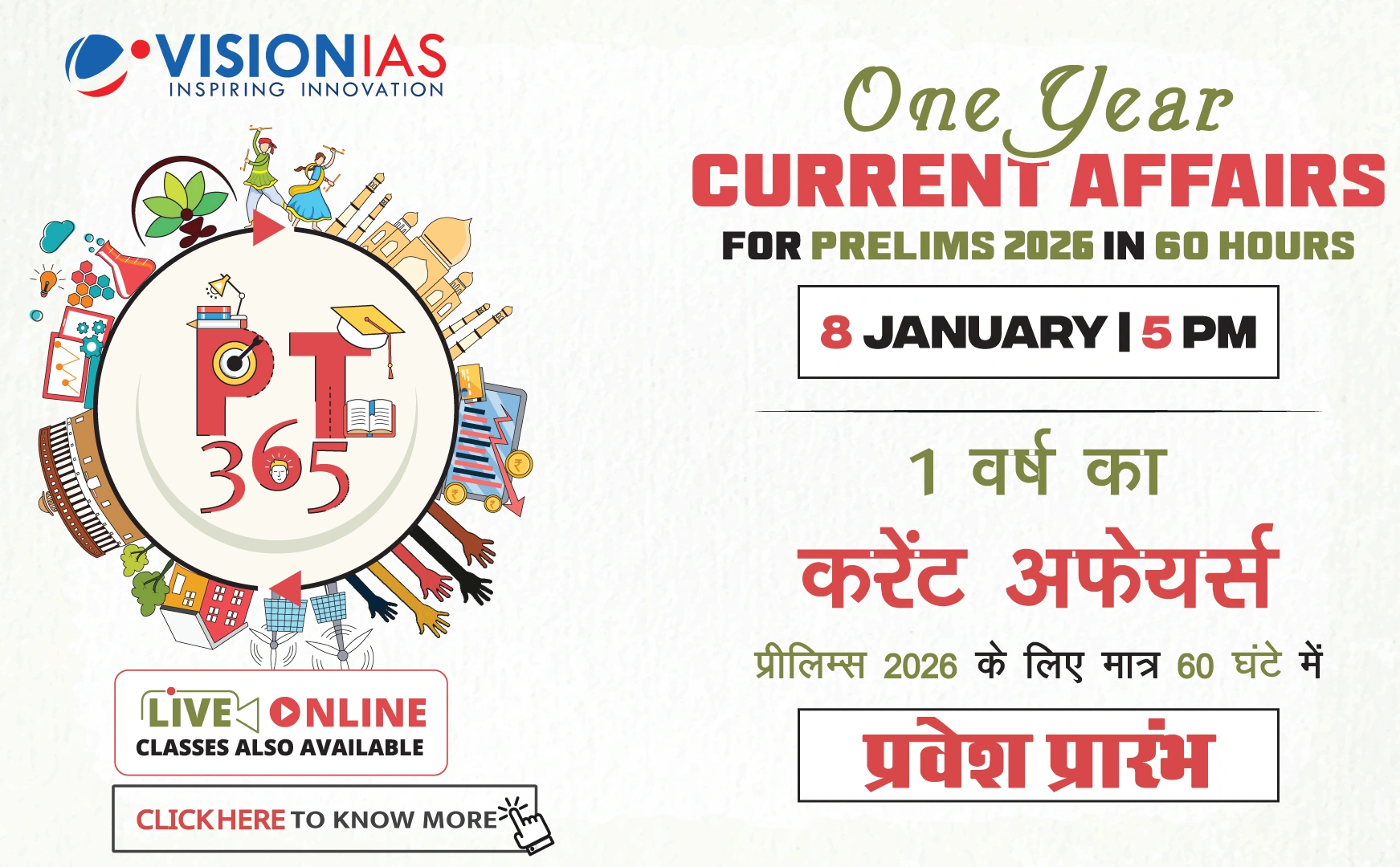India's Tax Policy: An Analysis
India's tax policy is marked by its high tax rates, yet it paradoxically collects lower tax revenues compared to many other countries.
Tax Rates and Revenues
- GST Rates: India has the highest GST rate of 28%, but its tax revenue is only 18% of GDP.
- In comparison:
- China: GST slab of 13%, tax revenue of 20% GDP.
- Vietnam: GST slab of 8%, tax revenue of 19% GDP.
- Thailand: GST slab of 7%, tax revenue of 17% GDP.
High Tax Impact on Sectors
- Critical domestic sectors are heavily taxed, affecting employment and livelihoods.
- Examples include:
- Automobiles - 40% cumulative tax; impacts 37 million jobs.
- Construction - Cement taxed at 31.36%.
- Household appliances - High taxes on items like ACs and refrigerators.
Problems with High Tax Rates
- Economic Activity: High tax rates reduce sales, production, and employment.
- Smuggling: High taxes on cigarettes lead to smuggling and a tax revenue loss estimated at ₹21,000 crore.
- Black Market: Increased taxes on securities and capital gains led to illegal trading practices.
- Penalization of Honest Taxpayers: High taxes encourage under-reporting and tax evasion.
Policy Recommendations
- Emphasize on improving tax efficiency rather than increasing tax rates.
- Implement broader economic reforms to support tax system improvements.
Conclusion
The current high tax policy threatens economic growth and long-term tax revenue generation. A refined approach focusing on efficiency and comprehensive reforms is essential for sustainable fiscal health.



